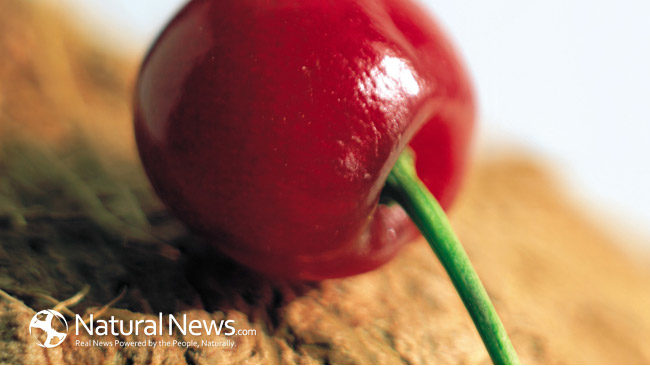The more advanced medical technology becomes the more we realize how wise Mother Nature is. As highly educated and extremely dedicated food researchers continue their attempt to discover NEW secrets, we sometime realize looking BACK is the wisest thing to do.
It seems many of today’s breakthroughs in modern medicine are simply a discovery of what Mother Nature has been trying to tell us all along. The secret to enjoying a healthy and active lifestyle isn’t in some magical pill, but in listening to our body and making wise decisions about what we put into it.
One area that affects millions of people every year is joint pain caused by arthritis and gout. According to the Center for Disease Control (CDC) approximately 52.5 million Americans suffer from joint pain. The number of people affected by this painful disease is expected to increase annually as the general population ages.
With so many people suffering on an annual basis, no wonder countless dollars are spent in the search to relieve those that are suffering. However, a simple, tiny red fruit has caught the attention of both pain sufferers and food researchers.
Meals That Heal Inflammation: Embrace Healthy Living and Eliminate Pain, One Meal at at Time
Brief History of the Cherry
The sour cherry, technically called Prunus Cerasus, has a long history of satisfying the palette and easing pain of countless individuals. It is believed the mighty Roman general Lucius Licinius was responsible for introducing the sour cherry to the Roman world.
The general was always on the lookout for unique plants to bring back to Rome from his military conquests. According to history, the general first become aware of the sour cherry while on a campaign along the Black Sea in Asia Minor. Upon winning a decisive battle against Mithridates VI, the king of Pontus, the general returned to Rome and with his spoils of war he carried the sour cherry. Once back in Rome, legionnaires, messengers and everyday citizens helped to spread this ruby red fruit across the entire Roman Empire.
Cherry trees were soon planted along Roman roads. The wood from the trees was used to produce weapons, repair equipment and as firewood. The legionnaires enjoyed the fruit during long journeys to defend and expand the Empire.
As the world expanded west, the cherry tagged along. The cherry finally made its way to the New World with the early settlers. It was during the early centuries from its travels from Asia Minor to North America that the folklore of its pain fighting ability grew. Stories were passed from generation to generation, from father to son, from grandmother to granddaughter.
The First Published Study on the Cherry
It wasn’t until the 1950’s that that first research was published on the health benefits of the cherry. Dr. Ludwig Blau first discovered how well the cherry worked in fighting gout pain. Due to an extremely painful gout attack, the doctor was confined to a wheelchair for several days. It was during this time a friend told him about gout and cherries.
Dr. Blau was so excited about the positive results he personally experienced that he decided to conduct research on the gout-fighting ability of the fruit. He soon recruited 12 gout sufferers to take part in a gout study. The participants drank a glass of cherry juice or ate one-half pound of cherries each day during the study.
The results of the study revealed uric acid levels lowered down to pre-gout levels. In addition, the individuals also stated they experienced less pain in their joints and no additional gout attacks. While black cherry was used during those studies conducted by Dr. Blau, the sweet yellow and sour cherries were effective, too.
Joint Pain and Cherries
Fast forward fifty years to the early 2000’s and you’ll discover similar groundbreaking research published on the pain relieving properties of the tart cherry. Fortunately, with modern research equipment, food researchers can more effectively figure out the secret of why specific foods help with specific conditions. According to published research, the tart cherry contains naturally occurring compounds called anthocyanins plus 17 other power antioxidants. The anthocyanins alone are shown to offer 10 times the pain relief of aspirin or ibuprofen. This tiny red super fruit is packed full of pain relieving benefits.
Researchers at the Philadelphia VA Medical Center conducted a study on 53 patients with osteoarthritis. The participants were asked to drink two 8-ounce bottles of tart cherry juice daily for a six week period. The published results in Arthritis & Rheumatism Magazine indicated those patients reported significant improvement in physical function and reduction of pain and stiffness.
So the next time you’re looking for a natural way to fight joint pain due to gout or arthritis, consider adding a glass of tart cherry juice to your daily routine.
Healthy Blessings,
Sandy
Visit out Healthy Living Blog for great natural remedies and recipes!





